
Layering Creativity Via Collages: Artist Interview With Allison Anne


- What is ‘art’ mean to you? What does being an artist means to you?
To me, art is an opportunity for limitless expression, connection and community. There are so many opportunities for experimentation and exploration, to discover new ways of seeing, learning and expressing yourself. For myself, creativity has always been a big part of who I am, and helps me make sense of my own experience, emotions and memories. Being an artist, especially a collage artist, has tied into many of my interests and a motivation to connect the arts to social and cultural movements in the past, present and future. There are so many opportunities to learn! Involvement in the arts also presents many opportunities to get involved with creative communities and connect with others, building safer and more inclusive communities where more voices can be heard.


2.What kind of art do you do/make? And, why?
For the past few years, I’ve been concentrating on collage, mail art and zinemaking with a little bit of mixed media work from time to time. When I was younger, I was most interested in drawing, but always had an affinity for collecting images, papers and ephemera that caught my eye. In 2017, I started to focus most of my creative energy on exploring paper collage, having dabbled in it off and on for a few years at that point. I had been working as a graphic designer for quite awhile at that point, and analog paper collage felt like an exciting extension and subversion of that — a related medium that used a very different process than digital work. It became a welcome change and a reset from the amount of digital creative work that I was doing, and I found the medium exciting and challenging. Additionally, I began to realize that paper collage felt like a very accurate way of both exploring and expressing my emotional state and mental health. When I first started to concentrate on collage, I was navigating some serious post-traumatic stress disorder symptoms. The medium helped me process a lot of that as I rearranged bits of paper and ephemera into something different. It’s transformative, and I love that. There’s also an amazing social and community element — the collage community is very supportive. Mail art and zinemaking also present avenues for creating work in different contexts and connecting with different communities.
3.Tell us a little about earliest memory of making art!
My mom was an art and elementary classroom teacher, so there were always a lot of different materials around the house — I was very lucky in that respect! I have vivid memories of sitting in the basement, making a snowman decoration out of paper cutouts, colored pencil and crayon details and a plastic cup as a base; another memory is sitting under the dining room table at five or so years old, drawing mermaids on copy paper. Books, illustrations, paper dolls and art museums all fascinated me as a kid — I loved to look closely at various details and learn about different mediums, eras of fashion, socio-cultural trends and how it all connected through history. I wanted to try a lot of different mediums, but mostly sketched and drew until I got involved in mail art, which also led me to collage.
4. Tell us about the first time you called yourself an artist.
It took me some time to feel as though I had grown into being an artist. As a younger person, I would say that I drew, or that I enjoyed making art, but it did not feel like I was at a level where calling myself an “artist” was appropriate. After graduating from university, I began working as a graphic designer, and that was a label I was more comfortable with as it was something I was actively involved in because it was my career. Around 2013, in my late 20s, I discovered mail art as a community and a medium. I’d always made creative mail for friends — decorated letters, handmade envelopes, that sort of thing — but hadn’t realized that there was a history and community of mail artists. Getting involved with mail art changed my perspective about being an artist quite a bit. It encouraged me to try different mediums and think about making art in different, more expansive ways. The definition of being an ‘artist’ had always felt very constrictive, that there was a certain skill level or point in my career that I’d have to reach to be able to use that word. By getting involved in mail art, I started calling myself a mail artist, and eventually started using the word ‘artist’ too. Mail art is very welcoming in that way, celebrating a variety of skills and talents.
5. What have been your biggest struggles as an artist so far?
As a younger person, I struggled a lot with self confidence, depression and anxiety, which has carried into my creative life too, of course. As mentioned earlier, I didn’t feel that my work was ‘good enough’ to be considered an artist, and despite always creating, I threw away a lot of my
artwork and was often reluctant to discuss it. It was a private part of my life, because I was anxious about being judged by others. It took a long time to make peace with that, and it involved spending a lot of time considering how I perceive other artists with a completely
different lens than the one I had for myself. While I still navigate depression and anxiety, I don’t have the same fear or uncertainty that plagued me until my late 20s. Making peace with my own creativity and addressing those blockades that were keeping me from trying new things — dismantling the internal sense of “I can’t, I shouldn’t, I’m not enough” — that’s been my biggest struggle as an artist. It’s an ongoing process, but it’s much better managed these days.
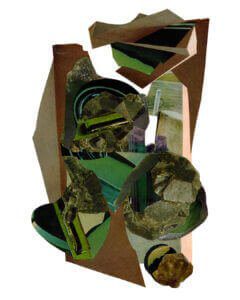
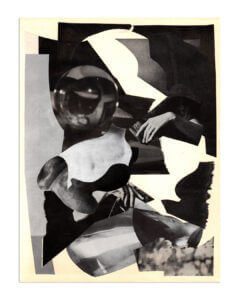
6. What inspires you to make art?
I find inspiration in many places. My drive to create art has always been there, even when I’ve struggled with confidence, but I find inspiration in community, in exploring memory and care, finding connection, in engaging with the past and being in conversation with it. I have a background in cultural studies, sociology and gender studies, which has contributed to my framework for seeing and experiencing the world, along with my experiences as a queer, non-binary, fat, white person with disordered mental health.
7. What does “Within Isolation” means to you?
The phrase “Within Isolation” brings to mind a sense of possibility within constraint — resiliency, creativity, vulnerability, connection. Isolation is something we have all been facing in a variety of challenging ways this year, and for some, it’s a situation they are facing for the first time. These
uncertain times have asked us to look at structures and constructs in our lives in a variety of ways — our internal lives, our communities, our friendships, etc. and how we can move forward, care for one another and strengthen connections. What can bloom from this isolation and these challenges? I’m not necessarily the most positive person in the world, but I am hopeful about creating more communities, structures and relationships centered around care.
11. How has the idea of isolation evolved for you in 2020?
Over the past year, the idea of isolation has evolved into a better understanding of different types of isolation. While I’ve been quite physically isolated, spending most of the pandemic alone with my cats, connecting with others through mail art, the zine community and art communities online via social media have been really important. While I miss the opportunity to have face-to-face collage sessions with Twin Cities Collage Collective or attend art shows in person, I’ve been very appreciative of the many ways I’ve been able to stay connected with other creatives across the world. That kind of community and interaction have kept me from feeling completely isolated from others, and while it can be a bumpy ride, I’m very grateful for these connections through mail, phone and internet while it’s not so easy to be face-to-face.
12. As a community, we all have experienced within isolation in one form or another; how have you come out as an artist and what are you looking forward to this year? The isolation this year has been challenging, but circumstances such as losing my job have also given me a lot of time to prioritize my creative life. Making art really kept me going this past year, helping me process the challenges, grief and stress of the pandemic, our political situation and the Minneapolis uprising following the murder of George Floyd in May 2020. I’ve tried a lot of different things, new styles and breakthroughs in my collage work and finding a lot of interest in consistent zinemaking. I also met some artists in 2020 who I really enjoy collaborating with, particularly Brado/hmmonmyway, and figuring out a common approach to projects and goals.
I’m really looking forward to more collaborative projects in 2021, and some new initiatives with Twin Cities Collage Collective — we have some interesting things in the works!
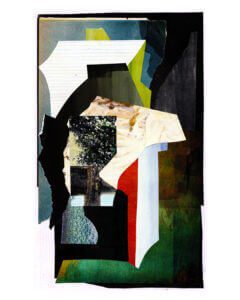
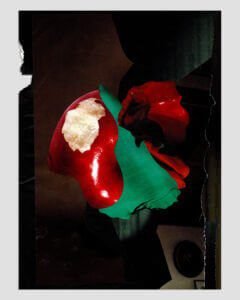

13. Your message for other artsy hearts
Most of all, to remember that there are no rules for creativity, and there’s always room to experiment and innovate! Your creative voice is important!
14. Artist’s on your heart list you would like to shout out!
There are so many, but I’d like to shout out Madeline Rose, Alison Bergblom Johnson, Aaron King and our other creative colleagues in Twin Cities Collage Collective — being part of a community like that is so inspiring and special. Some other womxn, non-binary and gender-nonconforming artists who inspire me are glo0sticker, hclou, Marlena Myles, Hilary Greenstein, Simone Esterhuizen, Jessica Sea, Roni Jones, Teresa Mestizo, Robyn Wells, zoem and jojo Lazar.
15. Where can we find you on the Internet?
Instagram: @allisonannecollage
Website: allisonanne.com
Linktree: linktr.ee/allisonanne
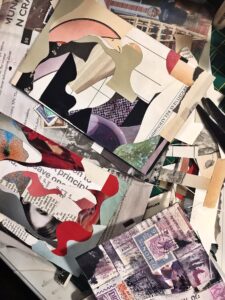
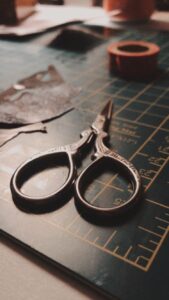
Works:
Beneath the Blade, 2020, paper collage on cardstock, 3 inches x 7 inches Dream Insert, 2020, paper collage on cardstock, 8.5 inches x 11 inches
Mantle, 2020, paper collage on cardstock, 8.5 inches x 11 inches
Moss Velvet, 2020, paper collage on cardstock, 8.5 inches x 11 inches
Mountains, 2021, paper collage on cardstock, 8 inches x 8 inches
Polaris, 2021, paper collage on cardstock, 8 inches x 8 inches
Red Memory, 2020, paper collage on cardstock, 8.5 inches x 11 inches
About the Artist & their work:

Allison Anne [pronouns: they/them] is a collagist, mail artist, zinemaker and graphic designer based in Minneapolis, Minnesota, USA on occupied Dakota land. Their creative work – a result of years of self-directed experimentation with many traditional and digital mediums – is influenced by an education in American Studies at the University of Minnesota, where they received a Bachelor of Arts degree that also focused on Gender, Women, and Sexuality Studies. allison’s myriad interests and background create a personal perspective often expressed through recycled, found, and reclaimed materials. They are an active member of the International Union of Mail-Artists and a founding member of Twin Cities Collage Collective, a group which endeavors to expand access to and interest in collage in Minneapolis-Saint Paul and beyond.
allison’s focus on analog paper collage is a constantly evolving exploration of personal experiences through the reconstitution and rearranging of various printed media and ephemera. By recontexualizing images and materials, allison creates complex textural, intuitive abstractions and configurations that consciously engage with themes of identity, physical self, gender as they relate to the personal, the political and the socio-cultural. Prioritizing sustainability and that which is left behind, allison frequently works with rescued, found or recycled materials, using collage and correspondence art as ways to explore the intersections and interactions between context, materiality and creativity.







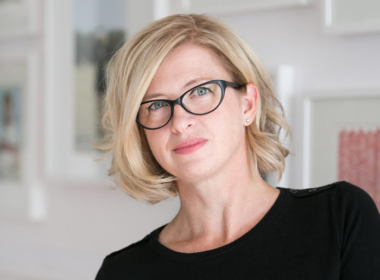
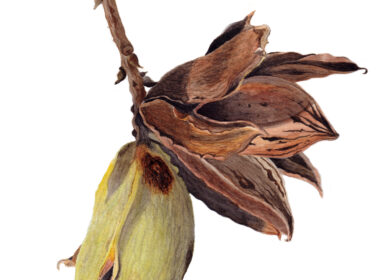
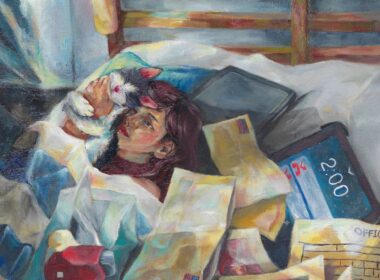

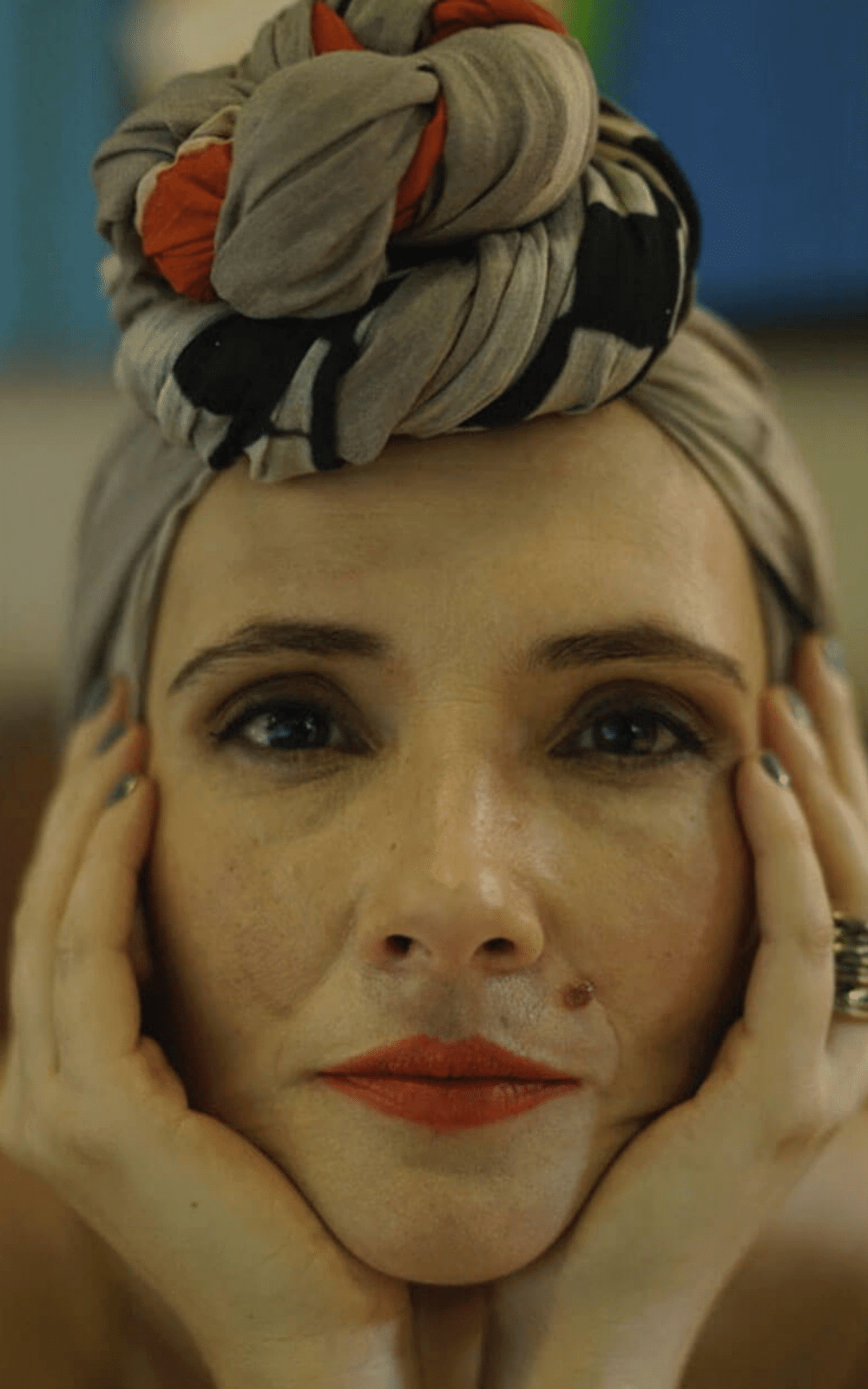

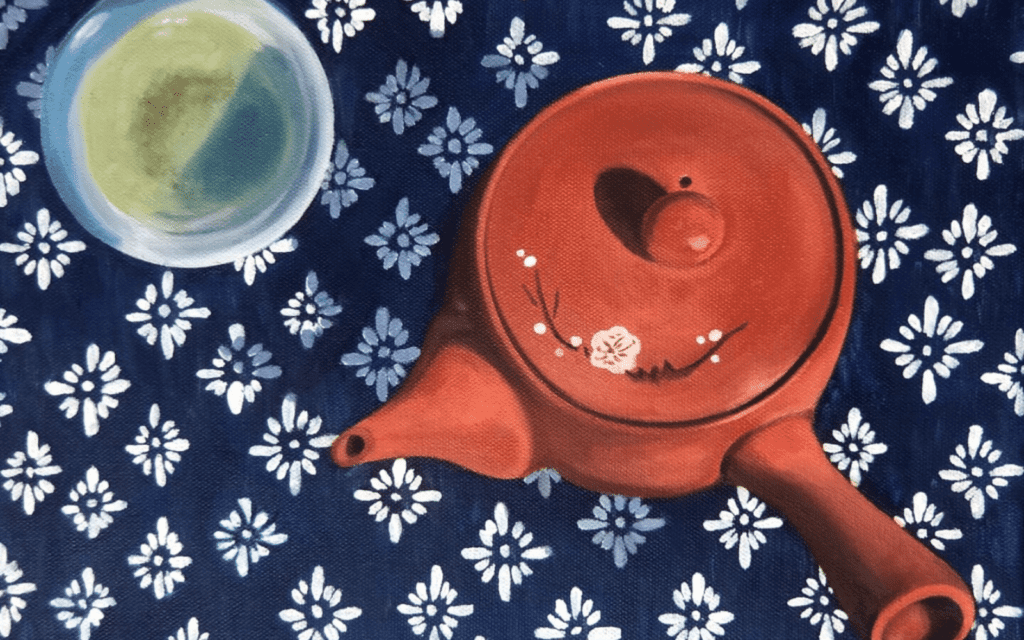
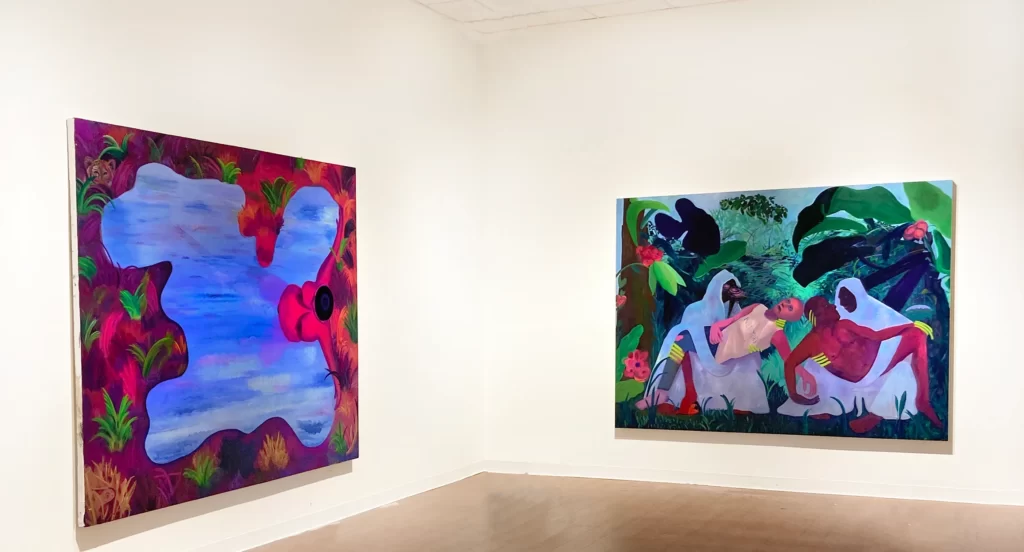
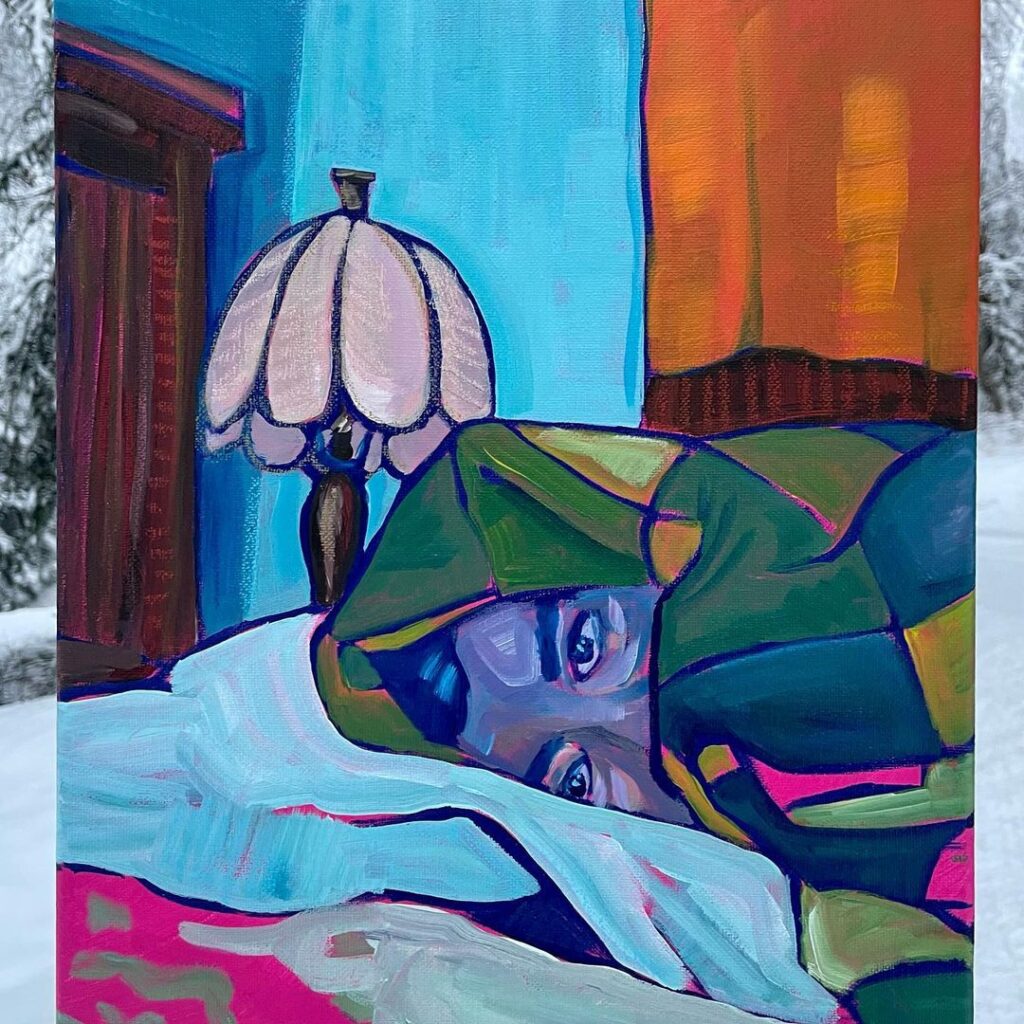
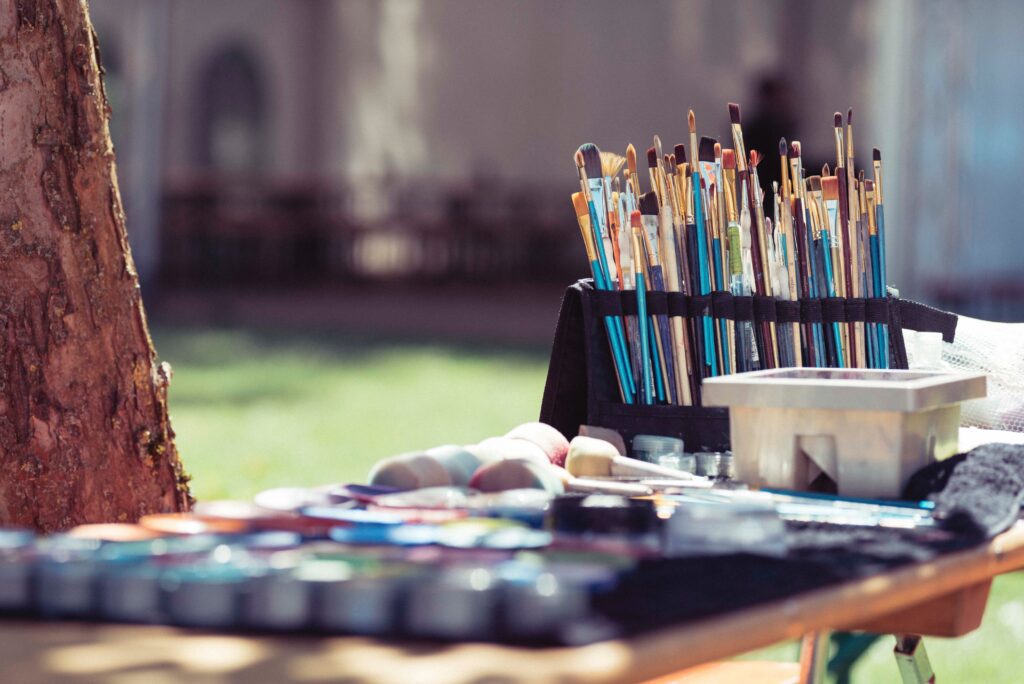
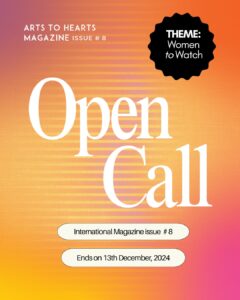
Comments 6